History
The history of the airport
Since its creation, Paris-Beauvais Airport has evolved considerably and has never stopped modernising.
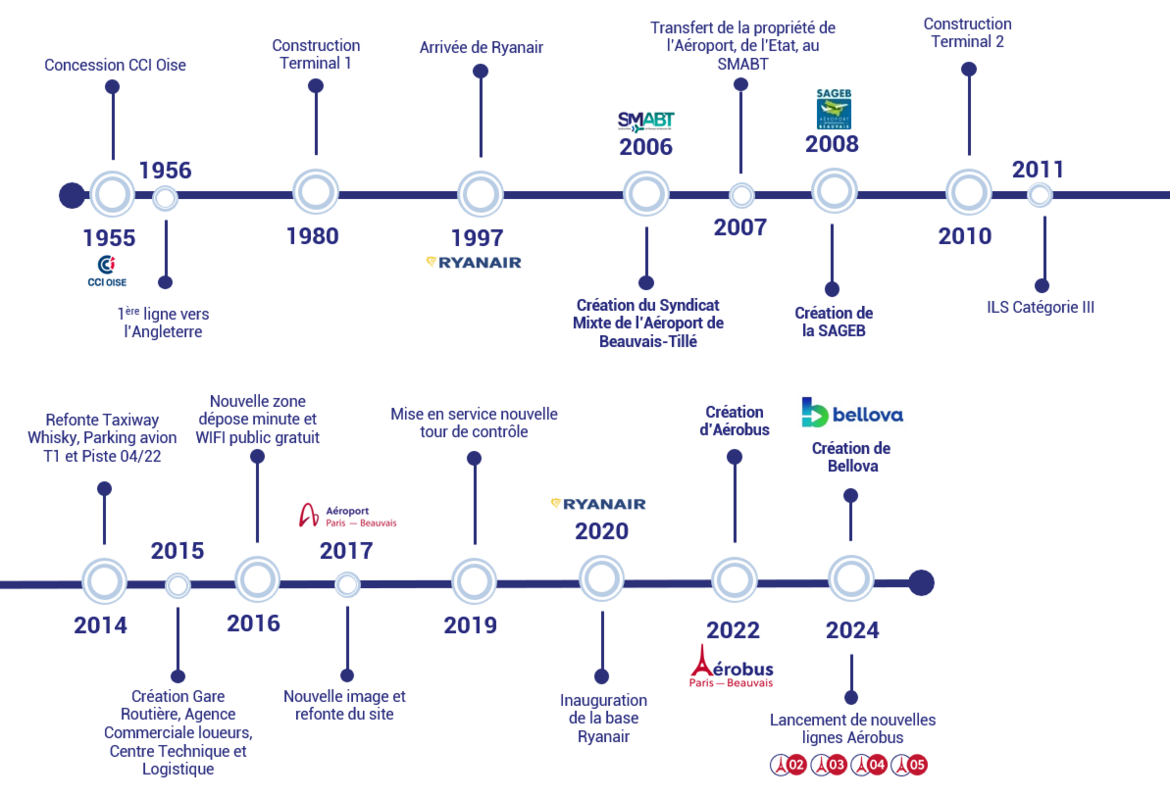
The origins of the airport
Before the First World War, a military ‘training ground’ north of Beauvais was used as a landing field. Pilots wishing to land had to ‘fly in a circle between 200 m and 400 m... or launch rockets to give the troops time to evacuate’.
In April 1920, access was granted to civilian pilots on the Paris to London air route.
Opened in August 1922, the ‘emergency airfield of the Air Navigation Service’ allowed landings on a 550 m x 500 m surface. No hangar had yet been erected on the airfield, which had no water supply and no fuel storage.
In April 1935, in response to both civilian needs and general staff plans, the Minister for Air decided to launch a programme of acquisitions and works to ‘increase the length of the airfield flight lines to 1,200 m’. This involved acquiring 150 hectares of land, to which 25 hectares were added after it was decided, in May 1937, to set up ‘a major air base for the needs of national defence’ at Beauvais. The implementation of this expansion decision was overtaken and interrupted by the war.
After the Battle of France, the land was taken over by the German Luftwaffe, which undertook major works. The ruins of the town of Beauvais, which had been bombed in June 1940, were used as a base for two concrete runways, from which the planes set off for the Battle of Britain, as well as a whole network of taxiways and dispersal routes that can still be seen today.
At the end of the war, the Allies took possession of the facilities and used them intensively for bombing operations over Germany.
The project for an international airport
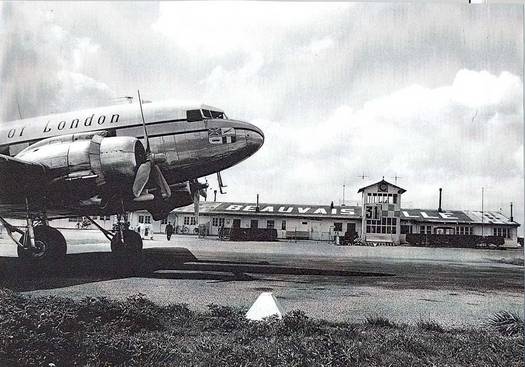
After the war, the airport was converted to civilian use for private flights and light aviation.
In 1955, the operation of the airport was conceded by the State to the Oise Chamber of Commerce and Industry, which opened it up to commercial flights.
The first route to England, operated by the British company Skyways, was inaugurated the following year.
Over time, as commercial activity grew, it became necessary to build a terminal, and Terminal 1 was inaugurated in 1979, allowing the hub to continue to expand.
The liberalisation of air transport in Europe enabled Ryanair to launch its first Beauvais/Dublin route in 1997. The arrival of the Irish low-cost airline was the catalyst for a new dynamism, gradually making the Beauvais hub one of France's leading airports, attracting passengers from all over Europe.
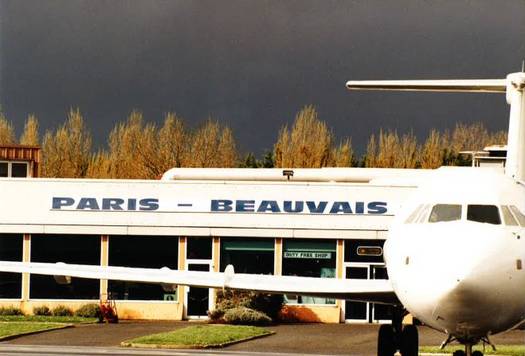
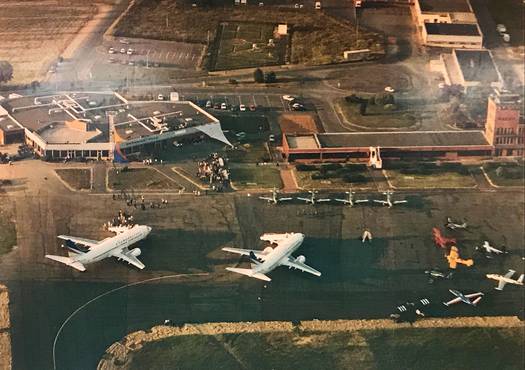
The first major works
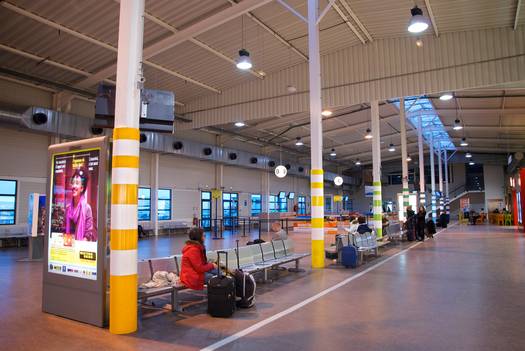
The Syndicat Mixte de l'Aéroport de Beauvais-Tillé (SMABT) was set up in 2007 to enable the State to transfer ownership of the airport to it. Following a call for tenders, it entrusted operation of the airport to Société Aéroportuaire de Gestion et d'Exploitation de Beauvais (SAGEB), which was founded in 2008, thus giving the impetus for new developments made possible by the injection of private funds into the public infrastructure.
As traffic continued to grow, the airport undertook several expansion and modernisation projects, including the construction of a second terminal and an ILS Category III landing aid system, enabling aircraft movements to be operated in very poor visibility conditions (fog, heavy rain).
In 2014, the Whisky taxiway, the Terminal 1 aircraft parking area and runway 04-22 were overhauled.
In 2015, a bus station was created to facilitate access to the airport by public transport and improve conditions for the millions of passengers who pass through every year. A car rental agency was built, as well as a Technical and Logistics Centre (CTL).
A new control tower will come into service in early 2019, providing air traffic controllers with better working conditions and modern tools.
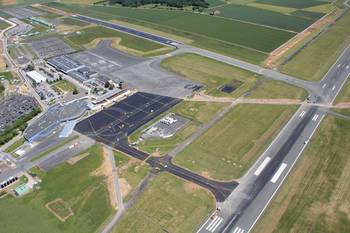
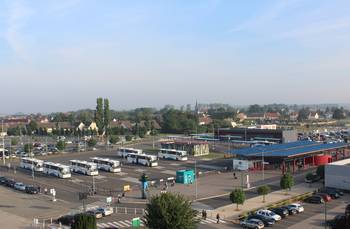

Developing the network

At a time when the COVID-19 crisis is hitting the aviation sector hard, Ryanair is opening its operational base at the airport at the end of 2020, creating a large number of local jobs and new development opportunities.
Wizzair, Air Moldova, Sky up, Hisky, Blue air and easyJet are helping to develop a network of over 80 destinations in Europe and North Africa.
The creation of Aérobus
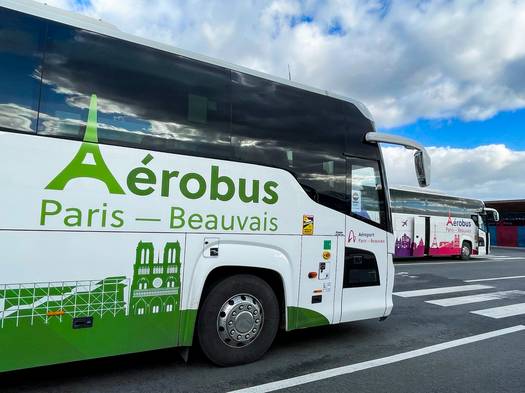
At the beginning of 2022, ‘Aérobus’ (the new brand name for its shuttle service between the airport and Paris) was created. The coach fleet was replaced by new coaches running on biofuel made from 100% French rapeseed.
Since 2024, new coach services have been developed to Saint-Denis Université, Paris La Défense, Paris La Villette and Disneyland Paris. These regular services will make it easier to reach the capital from the airport.
The arrival of a new operator
In 2024, the management and operation of Paris-Beauvais Airport will be entrusted to Bellova under a 30-year concession. Bellova is committed to modernising the infrastructure and to the controlled development of the airport, while respecting the environment.
Work is scheduled to start in early 2026.
To sum up ...
Paris-Beauvais Airport has become a key player in air transport in France, particularly for low-cost flights, helping to diversify the range of destinations on offer. As the gateway to the capital, it now handles more than 5 million passengers a year. It is a major economic asset, a dynamism that benefits the whole of the Beauvaisis region, and an alternative to the major Paris airports.